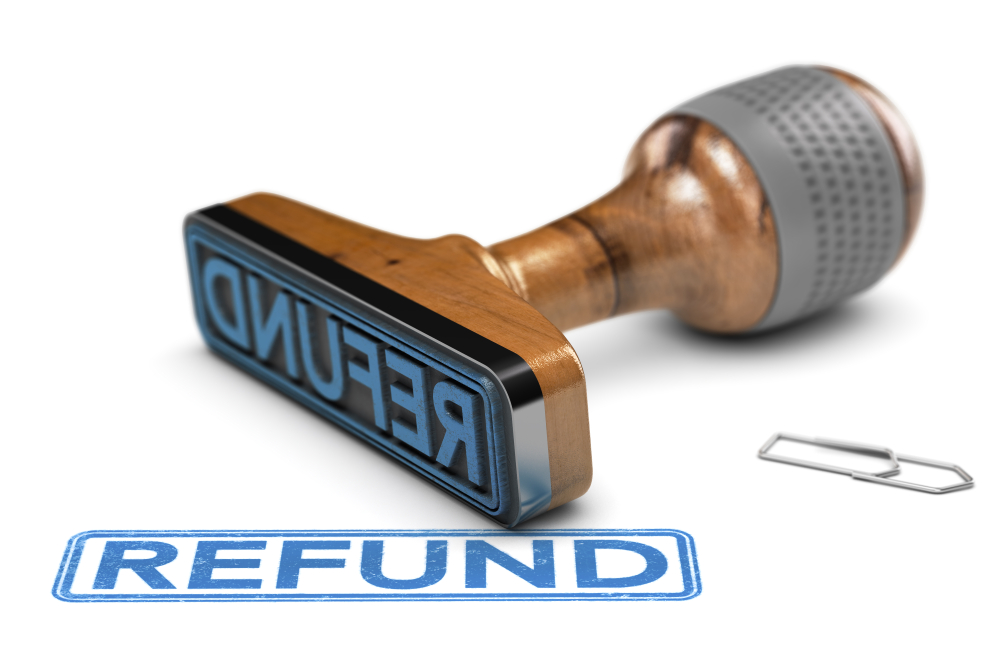The Chargeback Process Explained

The chargeback is a complex dispute process that is mostly hidden to the merchant. This process is in dire need of an update to improve communication and deter friendly fraud. Some improvements are being made, more are in the works, and more still are needed.
That said, these are the eight basic steps that comprise the chargeback process.
1: Cardholder initiates the dispute
Chargebacks begin with the cardholder contacting their issuing bank. In a perfect world, this step begins with the cardholder calling the merchant with their dispute, who can promptly issue a refund and end the whole process right here. But alas…
2: Issuing bank reviews the claim
The issuer determines whether to proceed or not. If the claim is not valid, the issuer stops the process here. That determination is based entirely on the information submitted by the cardholder, so odds are it will go forward.
3: Conditional refund
Completely unbeknownst to the merchant, the issuer refunds the cardholder. The transaction funds are debited from the merchant account, and this is how a merchant first learns of the dispute.
4: Reason code is assigned
Choosing from somewhat outdated lists provided by the respective card association, the issuer assigns a reason for the dispute to inform the merchant. VISA has recently updated their list, but we’re still working off of generalized codes with no context for the specific disputed transaction.
5: Acquiring bank reviews the claim
Your merchant bank receives the reason code and will review the information it has on the transaction. It may resolve the dispute then and there, or it may pass the whole mess along to the merchant, including any fees according to its chargeback policy.
6: Merchant reviews the claim
Finally, the merchant has all the information they’re going to get regarding the dispute.
7: Merchant response
The merchant can either accept the chargeback or fight it through representment to reclaim the money taken in Step #3. They can only go the representment route if they can produce compelling evidence to support their counterclaim.
8: Issuing bank makes a ruling
The disputed transaction is represented to the issuing bank along with evidence supporting the counterclaim that the transaction was in fact valid. If the issuer is not convinced by this, the cardholder wins. If the evidence is compelling, the cardholder is once again debited for the transaction. The cardholder may submit a second chargeback, starting the process all over again.
Sadly, we may never see improvements to this process that help merchants, since the rule-makers are ultimately in the business of appeasing the cardholders. However, ChargebackHelp is on the merchants’ side; we’re here to help our clients reduce their chargebacks and to help them through the process when it can’t be avoided. Contact your ChargebackHelp representative for a more granular explanation of specific chargebacks, for help in gathering compelling evidence, and for successful representment.






